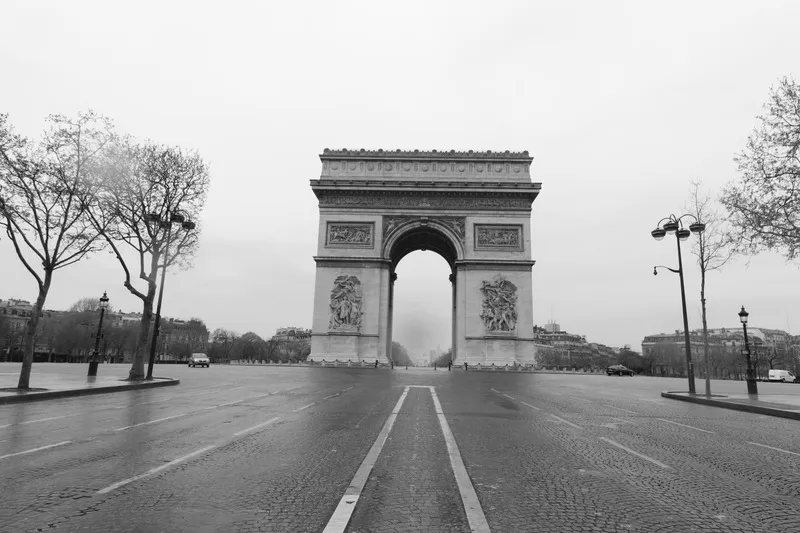Watts Street Furniture, a first-time exhibitor at Intertraffic Amsterdam, will feature its Impact Flex Bollard. This 100% weather- proof, scratch resistant bollard can be driven over/hit and will revert back to the upright position again without causing any damage to the ground or the bollard itself.
The Impact Flex has the appearance of a normal bollard and is available in both contemporary and heritage designs. Made from no-maintenance and cost-efficient polyurethane (Terrathane), it has a fully
February 19, 2018
Read time: 1 min
The Impact Flex has the appearance of a normal bollard and is available in both contemporary and heritage designs. Made from no-maintenance and cost-efficient polyurethane (Terrathane), it has a fully pigmented colour that never requires repainting.
Watts Street Furniture will also be featuring its innovative and wide range of street furniture, all made from durable no- or low-maintenance polyurethane.










